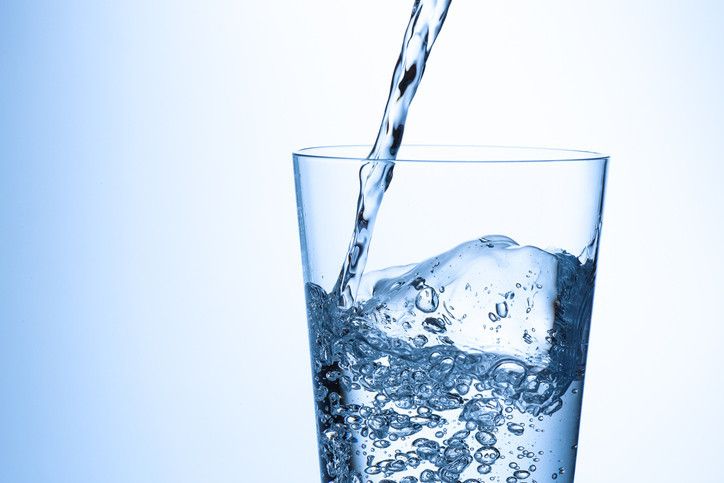Why Water Isn’t Wet
December 1, 2021
Water. It’s something that is an essential key to our survival on Earth. Not only does it replenish our bodies from dehydration, but it also helps ensure that nature flourishes and thrives. From helping propel the growth of plants to providing a natural habitat for marine wildlife to live in, water has proven to be extremely important when it comes to making sure life goes on. Despite all its amazing feats, there’s always been a particular mystery to it. Something so elusive, it has people still arguing about it to this day. This mystery, of course, is the classic age-old question:
Is water wet?
You wouldn’t expect this simple question to cause any discourse. But it has its fair share of it. It has caused people to spiral into heated arguments, with insults flying through the air as both sides argue that they are right, and the other is wrong. Some people would say that this question doesn’t have a definitive answer. That it’s a question where both sides are right and wrong, and that it will forever remain unanswered. Today, however, I am here to answer this question once and for all. I am here to prove which side of this argument reigns supreme over the other. And that side is the following:
Water isn’t wet.
Now I know what you’re thinking. “How could water not be wet? It’s water.” Although this argument seems solid at first, it quickly falls apart once we start to define wetness. By definition, something is wet when it is covered or saturated with water or another liquid. The critical point here is the word covered. When you look at the water’s surface, can you see anything on top of it that can cause the water to become saturated with it? No, you don’t. There’s nothing there except for the surface of the water itself. Therefore, there’s nothing there that can cause the water to be wet.
But now you’re probably thinking, “Well, what about when you pour water on top of it? That has to make it wet.” Unfortunately, this line of reasoning is also incorrect. When you pour water into even more water, both liquids start to mix about become miscible. What does miscible mean, you might ask? It’s when two liquids come together to make a homogeneous solution, which is a solution that has uniform composition and properties. This means that you can’t distinguish the two liquids from one another since they have combined to form only one. Adding water on top of water doesn’t make it wet. You just have more water.
Am I saying that my logic is perfect and without question? No. In fact, I’m probably the last person to be speaking about anything scientific in the slightest. But still, I wanted to give my two cents on the matter so that I could try to set the record straight once and for all. The only reasonable answer to our age-old question is simply the fact that water cannot be wet.



